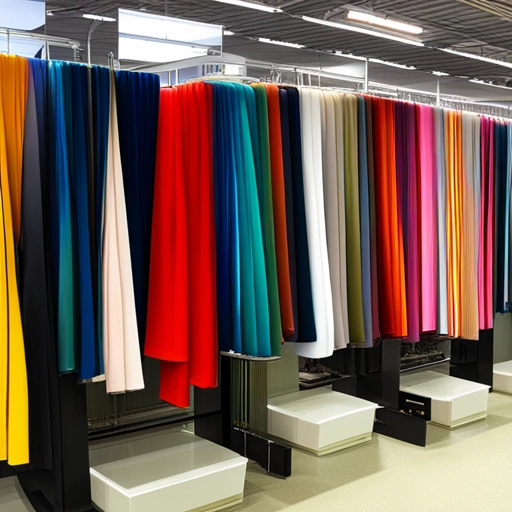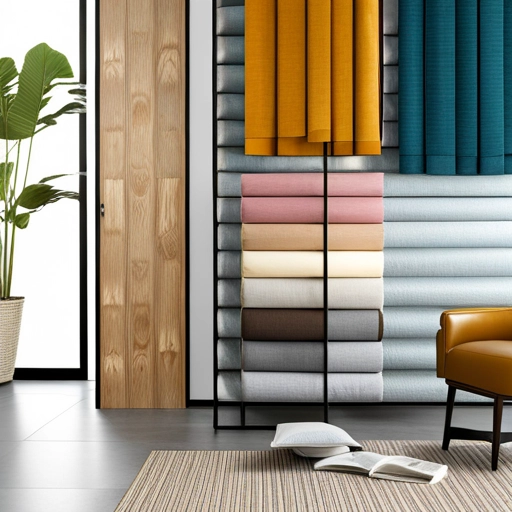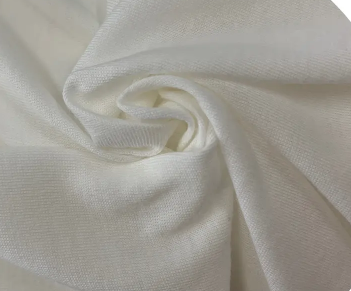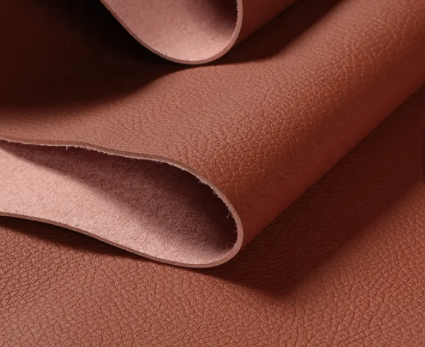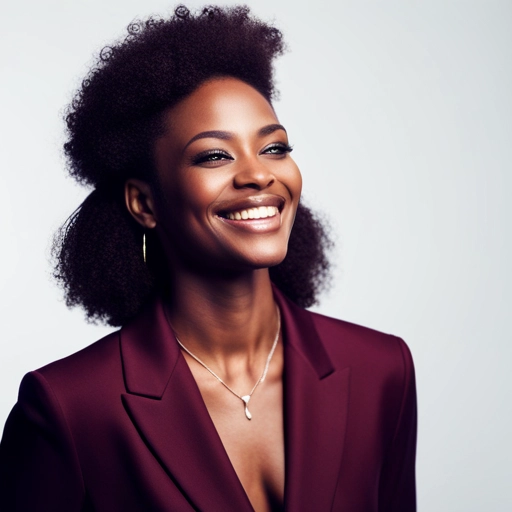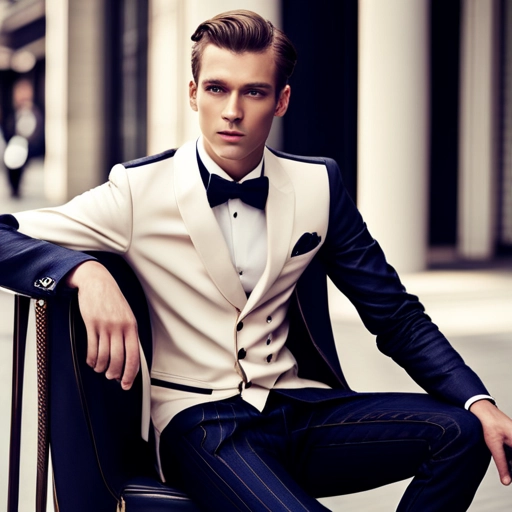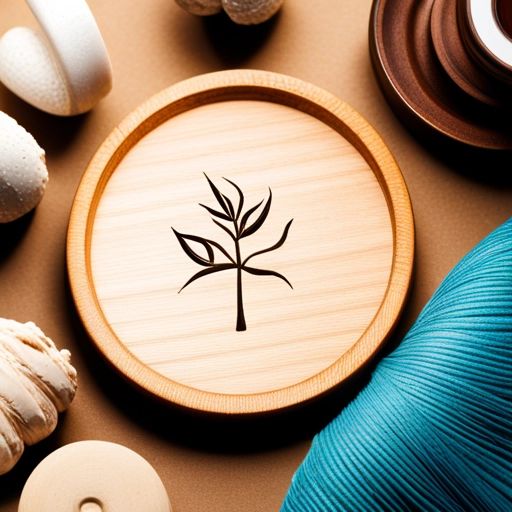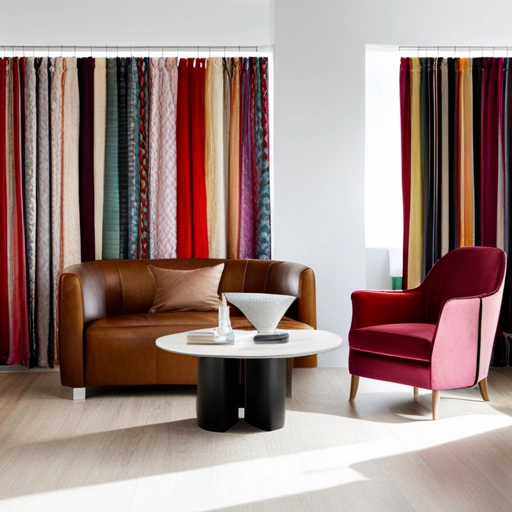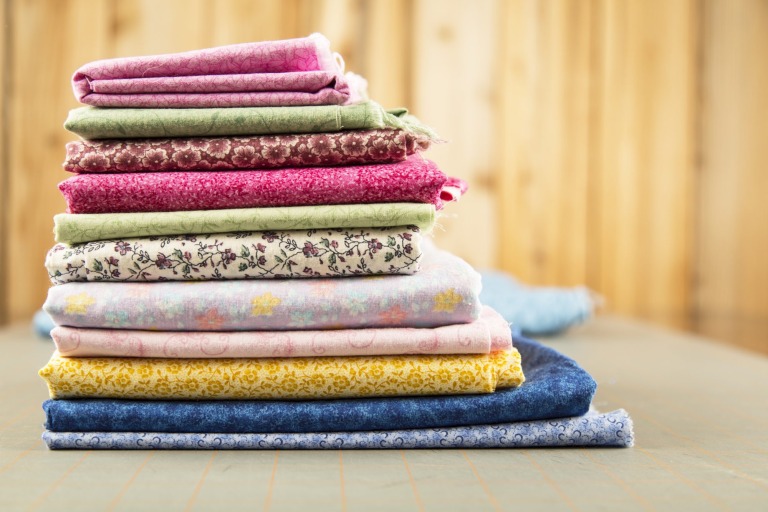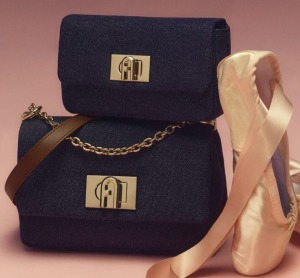The Importance Of Fabric In Fashion Styling!
In fashion styling, “fabrics” refer to the various materials or textiles used to create garments and accessories. Fabric selection plays a crucial role in fashion styling as it can significantly impact an outfit’s overall look, feel, and functionality. The right fabric choice can enhance the design, complement the wearer’s body shape, and contribute to the desired aesthetic and theme of the styling.

